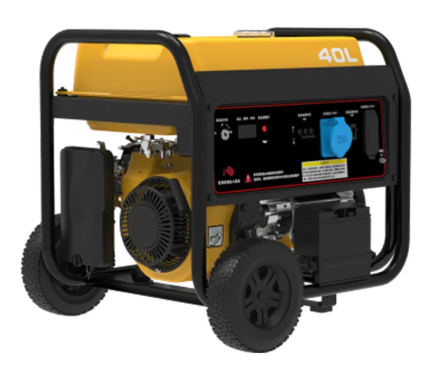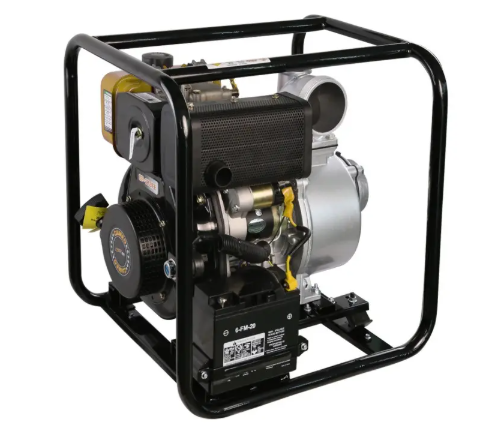popular electric power transmission
Electric power transmission represents the crucial infrastructure that enables the bulk transfer of electrical energy from generating power plants to electrical substations located near demand centers. This sophisticated system forms the backbone of our modern electrical grid, utilizing high-voltage transmission lines to minimize power losses over long distances. The system typically operates through a network of transmission lines, transformers, and substations that work in concert to maintain reliable power delivery. Modern transmission systems employ advanced technologies such as High Voltage Direct Current (HVDC) systems, smart grid capabilities, and automated monitoring systems to ensure efficient power distribution. The infrastructure includes both overhead transmission lines, supported by towering steel lattice structures, and underground cables for urban areas. These systems are designed to handle varying load demands, integrate renewable energy sources, and maintain power quality through voltage regulation and frequency control. The transmission network also incorporates protective equipment to prevent system failures and ensure continuous power supply, making it essential for both industrial operations and residential power needs.


